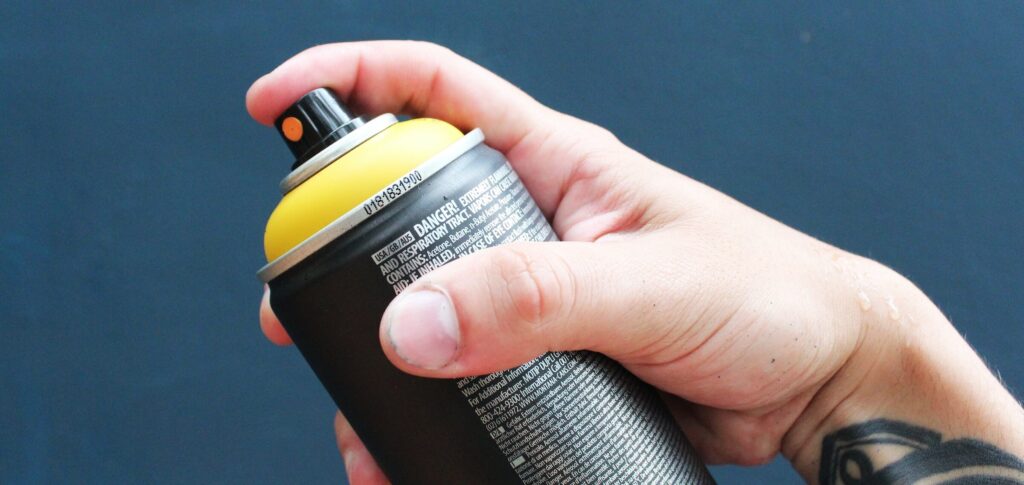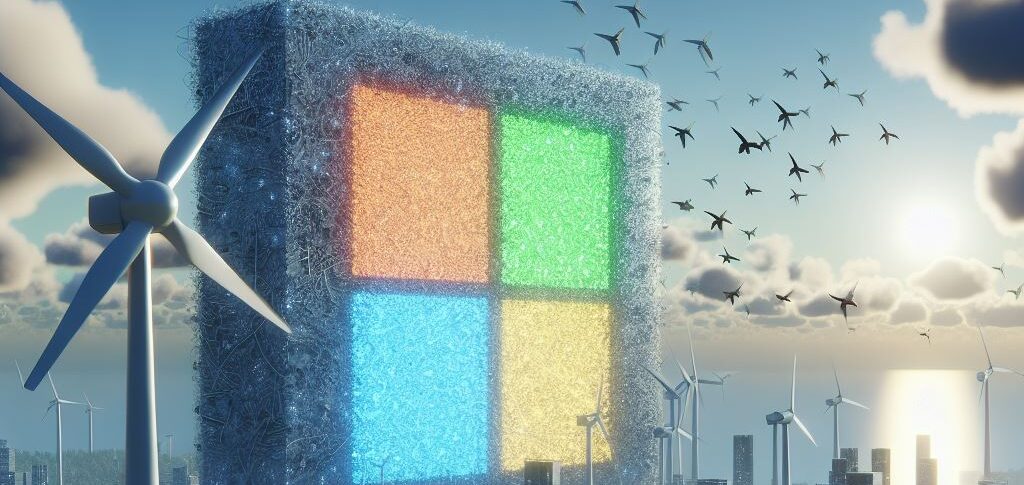Os CFC were used massively as cooling agents and inside aerosol containers in the 1970s and 1980s, until they were banned in 1987 by the Montreal Protocol, after the discovery of the hole in the ozone layer over Antarctica.
ADVERTISING
This opening is gradually being closed, and the UN environmental agency estimated in January that it could be filled in about four decades.
O study from the journal Nature Geoscience (🇬🇧) evaluates, based on the analysis of five gases CFC Between 2010 and 2020, leaks occurred during the manufacture of the chemicals that will replace them, hydrofluorocarbons (HFC).
O Montreal Protocol is a treaty that prohibits the direct issuance of CFCs in the atmosphere, but not in its use in the production of chemical products, in raw materials or their by-products. A recent amendment to the Protocol already provides for the elimination of HFCs. However, some data suggests that its use is illegal.
ADVERTISING
According to study co-author Luke Western of the University of Bristol and the World Surveillance Laboratory, emissions have so far had a modest impact on the ozone layer.
They represent the equivalent of Switzerland's CO2 emissions in 2020, i.e. approximately 1% of the United States' total greenhouse gas emissions. According to the study, this data symbolizes an “early warning”.
In 2018, scientists discovered that the rate of decline in CFCs had decreased by half compared to the previous five years.
ADVERTISING
Some factories in China, however, are considered responsible for an increase in these emissions, once the reduction in rates has been identified once the production of CFCs was interrupted.
The published study also recommends additional investigations to discover where the exact source of the increase in chlorofluorocarbon emissions is located.
(To AFP)
Read also
(🇬🇧): content in English
(*): Content in other languages translated by Google Tradutor
(🚥): may require registration and/or subscription
* The text of this article was partially generated by artificial intelligence tools, state-of-the-art language models that assist in the preparation, review, translation and summarization of texts. Text entries were created by the Curto News and responses from AI tools were used to improve the final content.
It is important to highlight that AI tools are just tools, and the final responsibility for the published content lies with the Curto News. By using these tools responsibly and ethically, our objective is to expand communication possibilities and democratize access to quality information. 🤖
ADVERTISING





